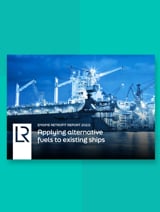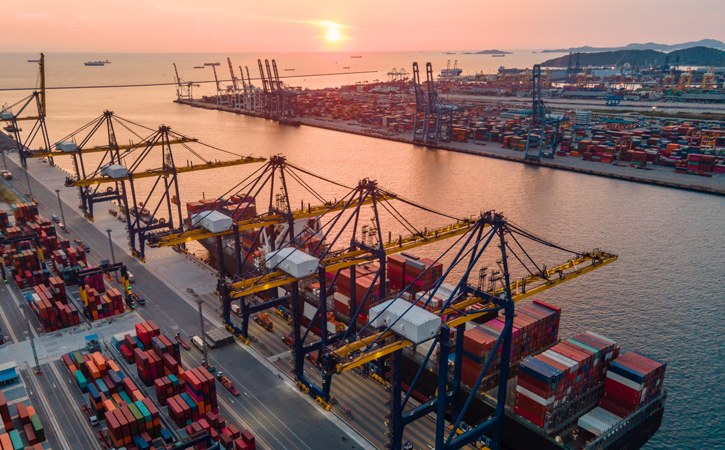What is Port State Control?
Port State Control inspections are the medium port States use to protect themselves from sub-standard ships visiting their ports. Port State Control Officers will board ships to inspect them for compliance with the major Conventions published by the International Maritime Organisation (IMO) and the International Labour Organisation (ILO), including safety, pollution prevention, load line, ISM and ISPS Codes and seafarer’s living and working conditions.
The port State can require defects to be put right immediately or within a set time frame, or where the deficiencies are serious, the ship can be detained. Port State Control is organised in a regional system through international Memoranda of Understanding (MOUs) covering Paris, Tokyo, the Indian Ocean, the Black Sea, Vina del Mar, Caribbean, Mediterranean, Abuja and Riyadh. The US Coast Guard is not an MOU, but it does control port State activities in the United States of America and its overseas territories.
What happens if a ship is inspected or detained?
Lloyd’s Register is here to help. Contacting us to arrange a surveyor to attend your ship is the first step. Our surveyors will support the Master, who will verify the justification for the deficiencies raised; they will ensure all measures are taken to rectify deficiencies and will work to get the ship released by the port State authorities if the ship has been detained.
Our classification rules and regulations do require ship owners and ship operators to inform LR when a ship has been detained, but we do recommend a surveyor is called in to assist with any Port State Control intervention. It can be a very stressful situation for the Master and crew of a ship, and the support from one of our experienced surveyors will help to make that situation easier and ensure departure from the port without delays.
How can we can help to reduce the potential for detention at a Port State Control intervention?
We continually monitor port State control statistics for all the MOUs to identify the most common deficiencies raised at PSC inspections and detentions. We provide this information to ship owners and ship operators so they can be prepared before a ship goes to a specific region, country or individual port. Our team also compare the port State performance of a company’s fleet against the performance of LR-classed ships or the performance of all ships entering a particular region, country or port.
For many years, we have published Pocket Checklists covering Port State Control, Marine Pollution, Fire Safety and more, to help ship’s crews prepare for PSC inspections.
Our checklists are consolidated into one app that seafarers can obtain free of charge and download onto their mobile phones. The app covers all the original checklists plus data for Paris MOU, Tokyo MOU and the US Coast Guard, showing the most common deficiencies in those areas and preventive actions that can be taken to help avoid those deficiencies being raised at an inspection.
Ship Risk Profiles
We encourage ship owners and ship operators to know their Ship Risk Profiles. Rather than operate a targeting system for inspections, most MOU’s and the USCG take a risk-based approach to inspecting ships. MOU’s such as Paris and Tokyo allow ship owners and ship operators to calculate the risk profile for individual ships based on the following:
- Type, age, flag, Recognised Organisation (e.g. LR)
- The company
- Detention records, and
- Deficiencies (particularly ISM related deficiencies)
Under this approach, a ship will be either High, Standard or Low Risk. This is important because the Ship Risk Profile helps determine a ship’s priority for inspection, the interval between inspections and the inspection scope.
In Paris and Tokyo MOUs, the inspection window for Low risk ships can be between 24 and 36 months, whereas the High risk ship may be inspected every 5 to 6 months.







